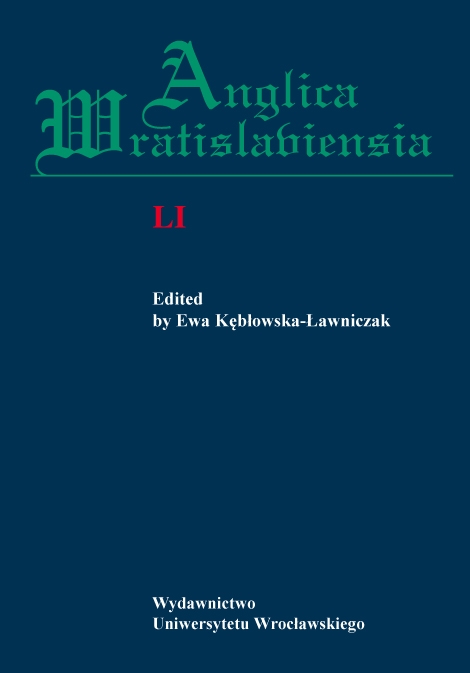

Literature and Culture

My proposition to approach Humphrey Spender’s Worktown photographs 1937–1938 of urban life in an ordinary town of Bolton, Lancashire takes heed of Georg Simmel’s assumption that the relationship to space is the condition of the relationship to people and the symbol of this relationship. The new instruments of vision applied in the nineteen-thirties cultural texts privileged the everyday, the common place, and the ubiquitous ordinary person. In Bolton, Humphrey Spender’s zoom lenses focused on particular spatial structures of social associations like doorsteps and street corners. In my paper I show that Spender’s distinctive photo-documents do not correspond to the anthropological concerns of Mass Observation, a hybrid English research organization which employed a mixture of literature and social science as a method of observing, with a nation-wide panel of voluntary informants, British life in the thirties. Spender, a highly accomplished Mass Observation photographer, made Bolton visible not as a connecting place of the everyday, but as a separating place of passivity and spatial intervals. Thus, contrary to popular opinions, we should evaluate the significance of Spender’s photographs in terms of how they uphold the distinction between the extraordinary and the ordinary.